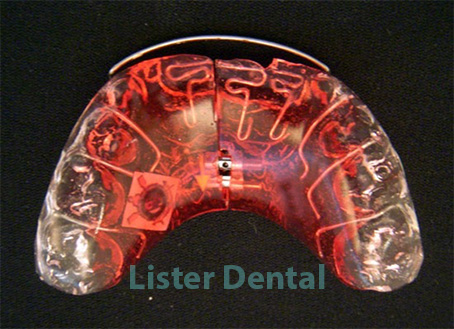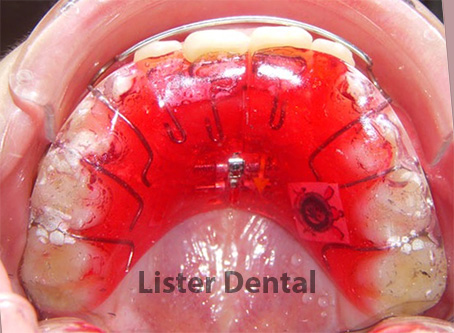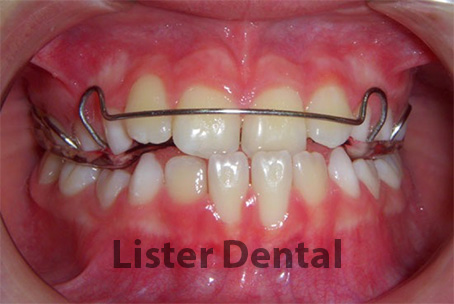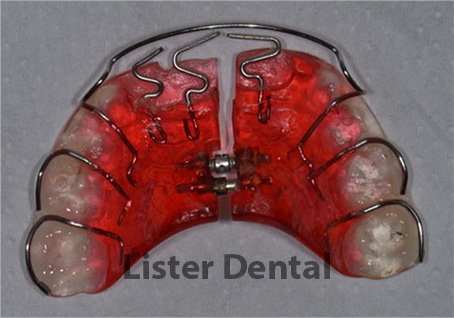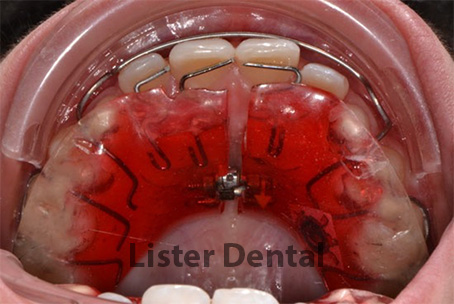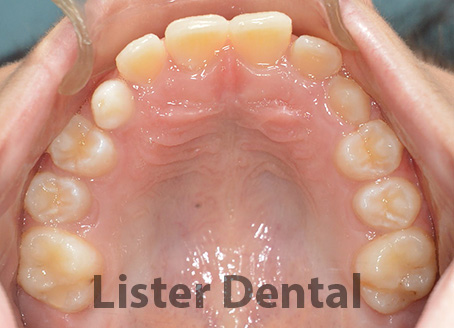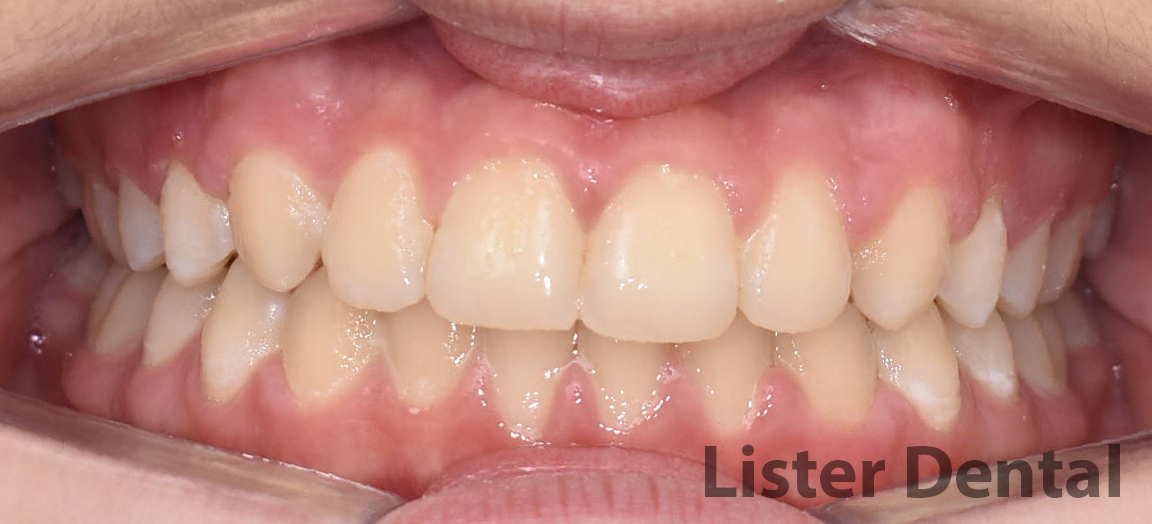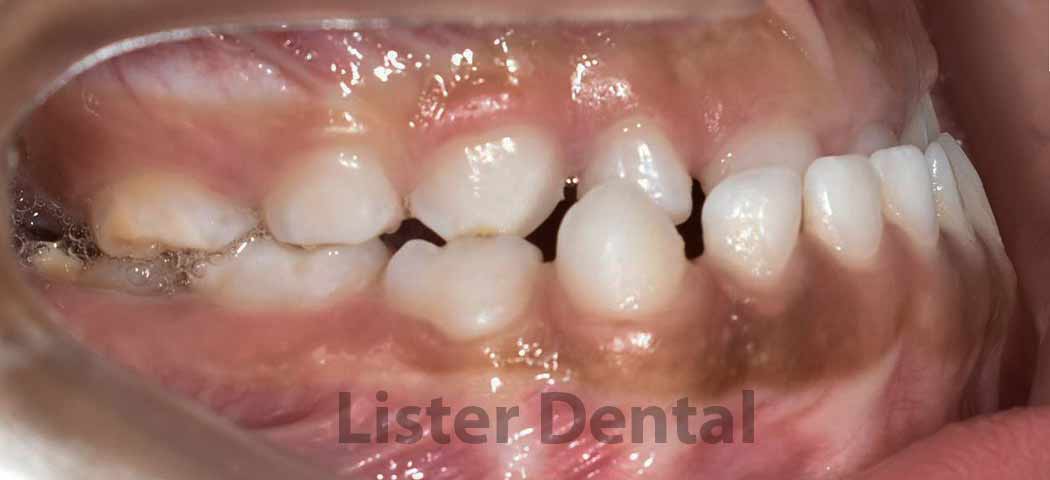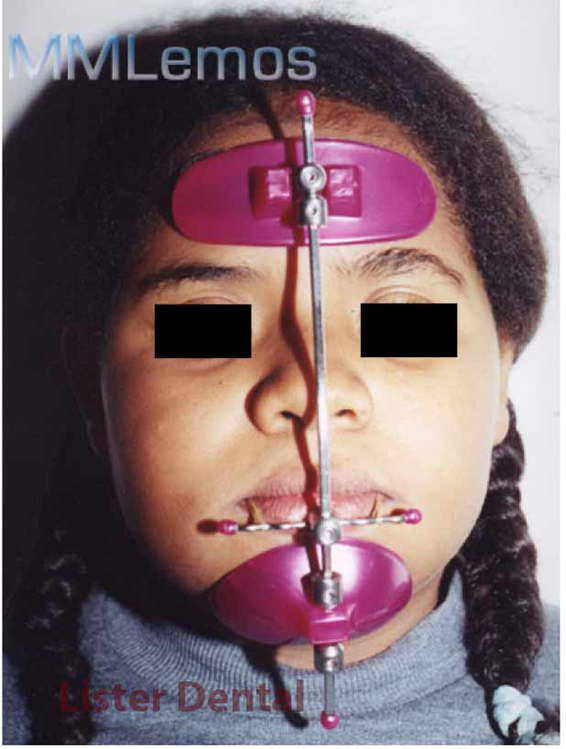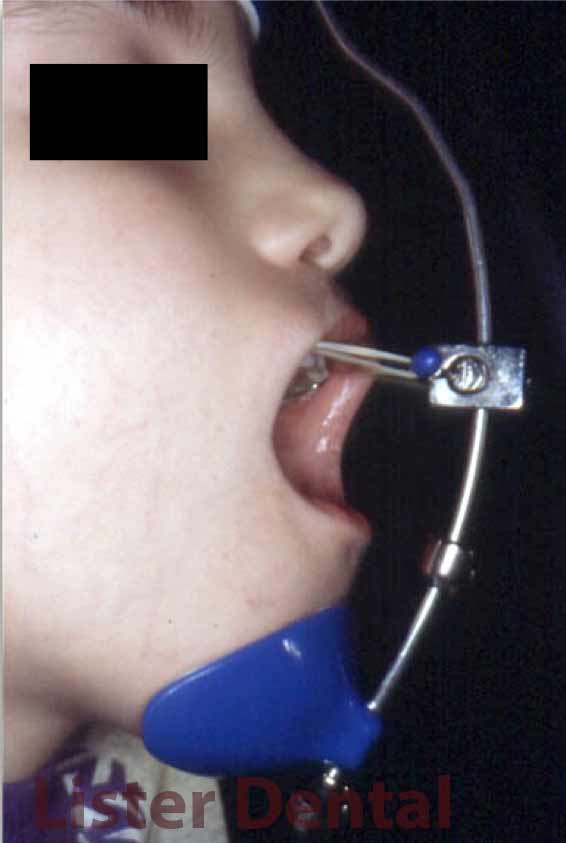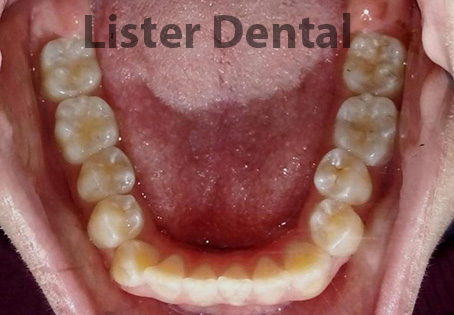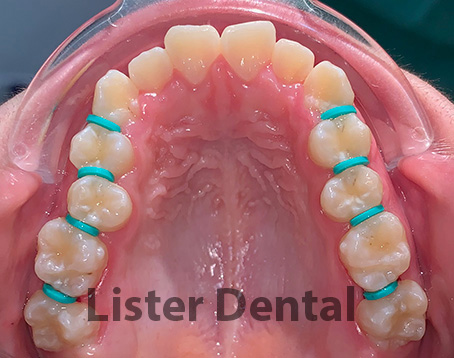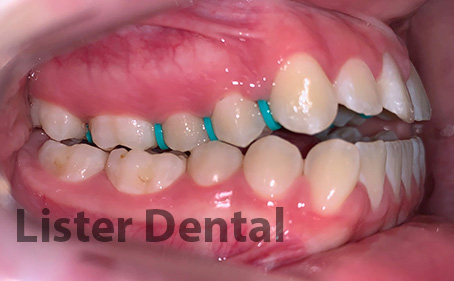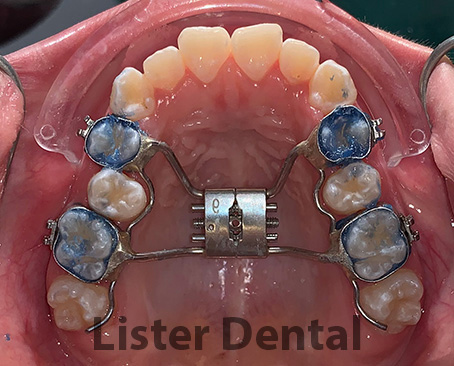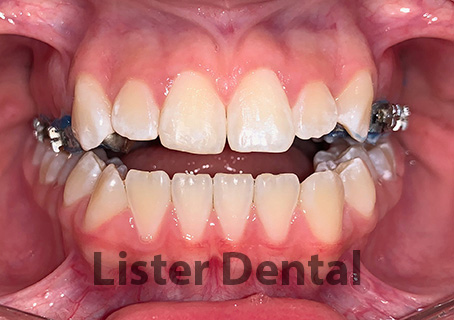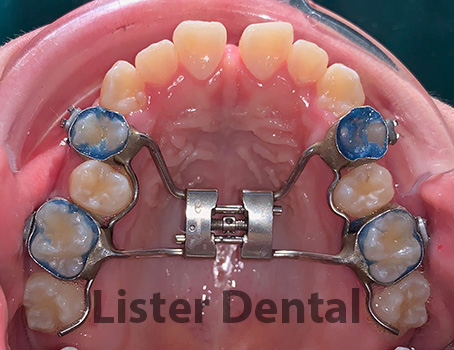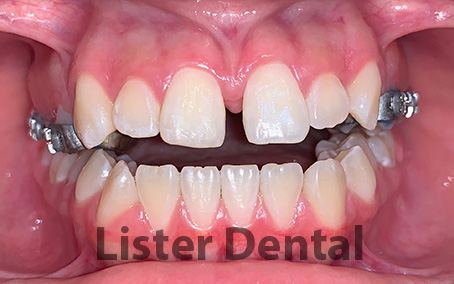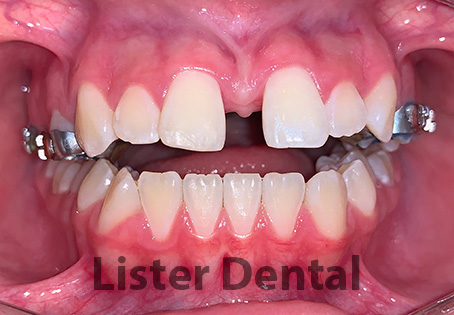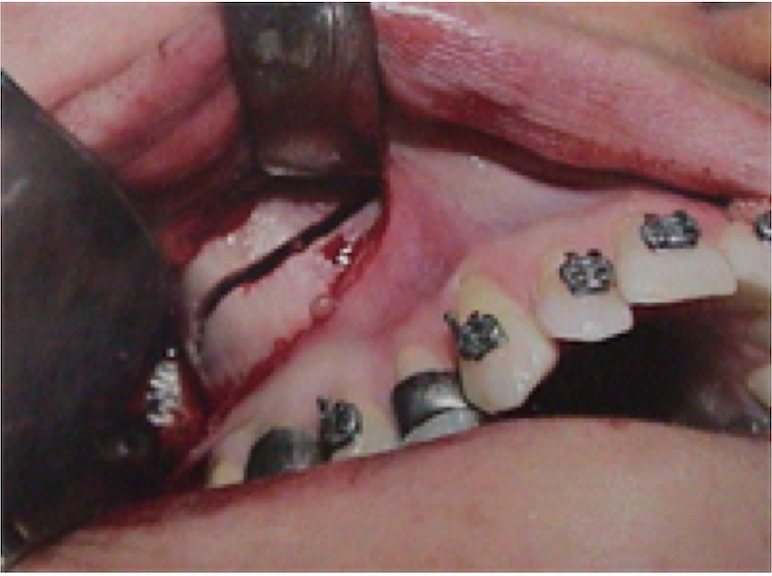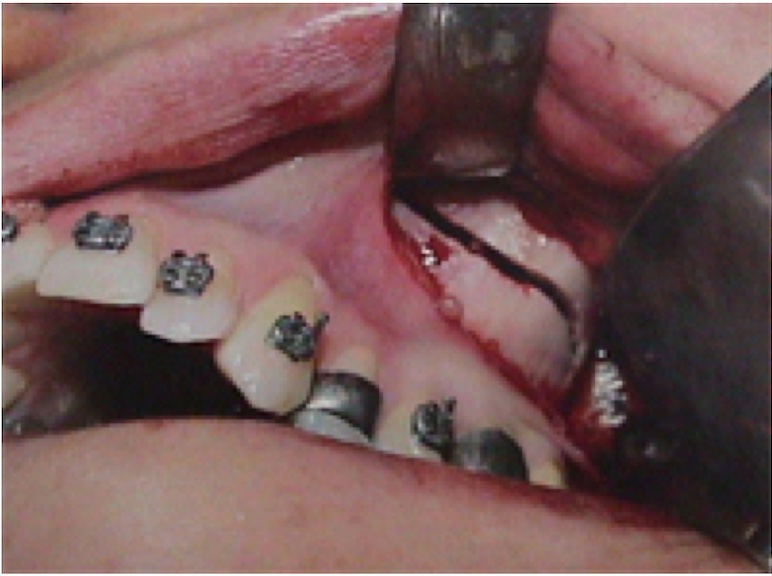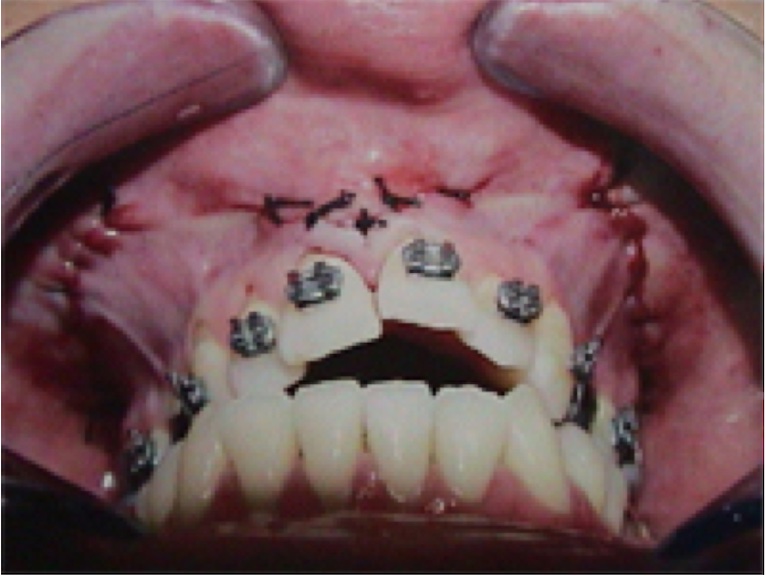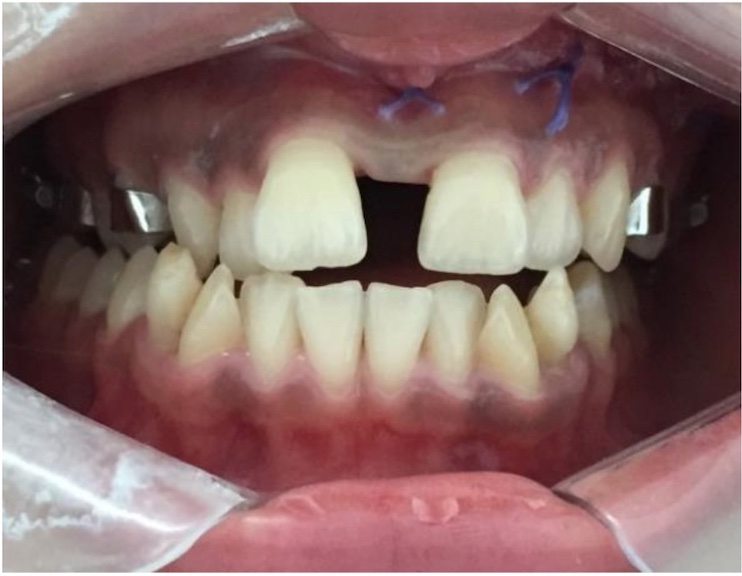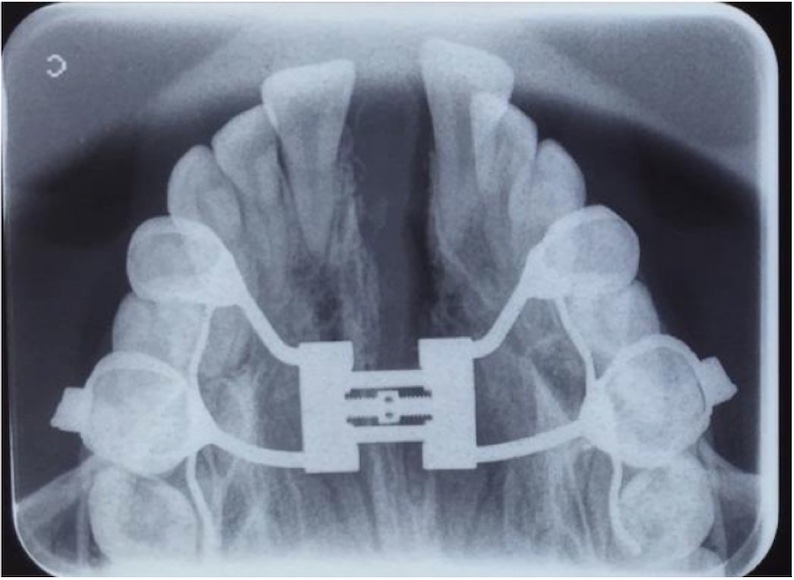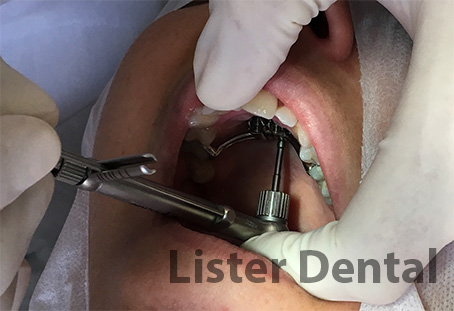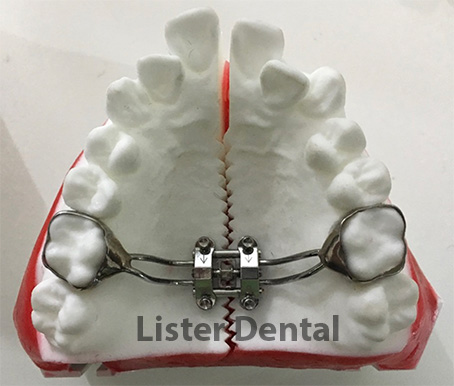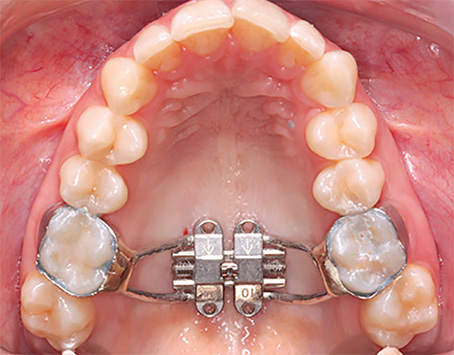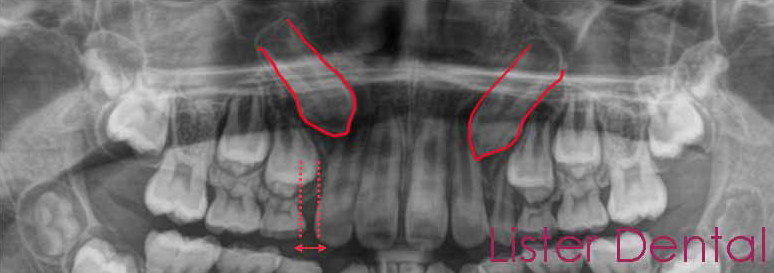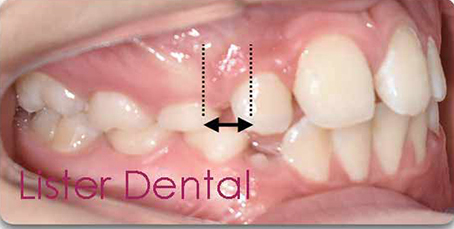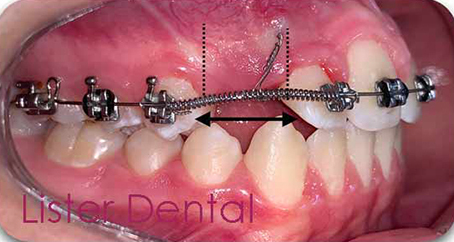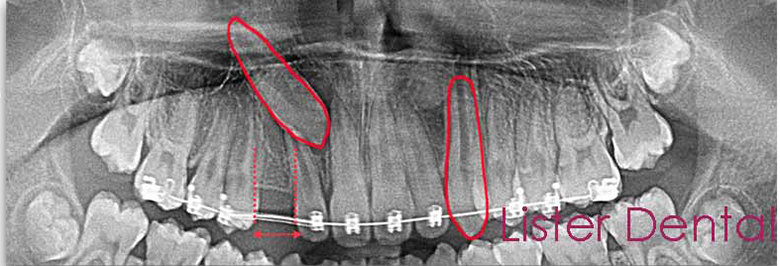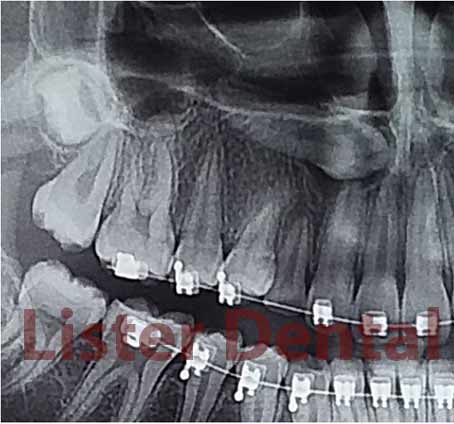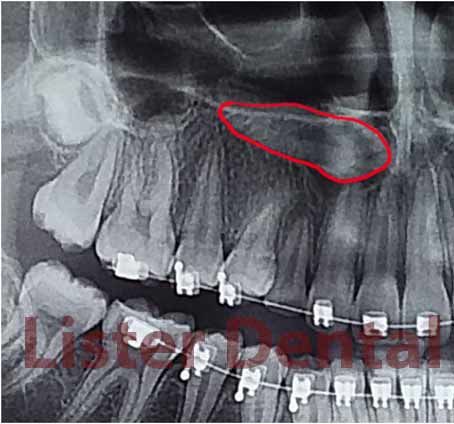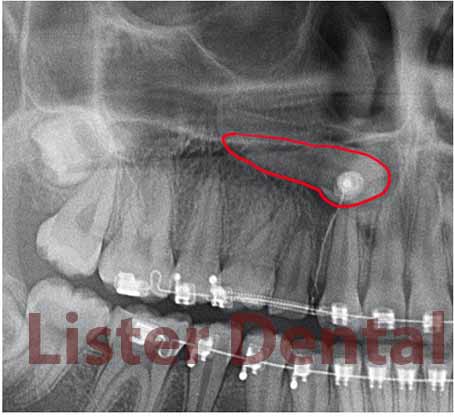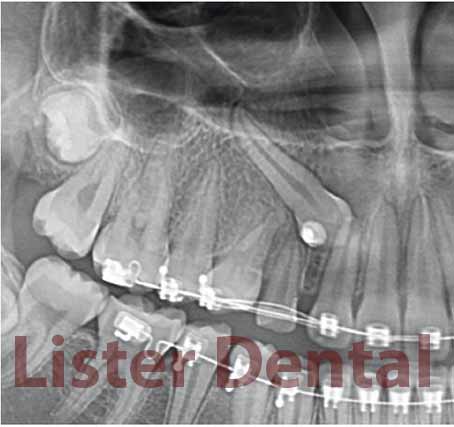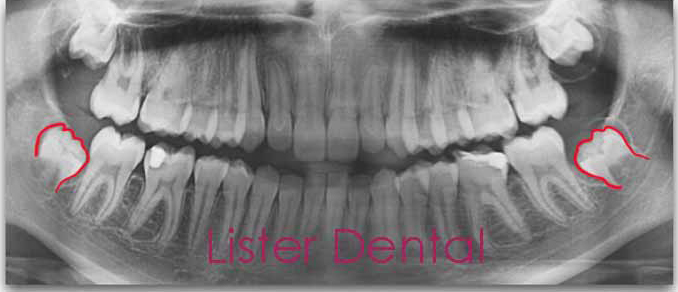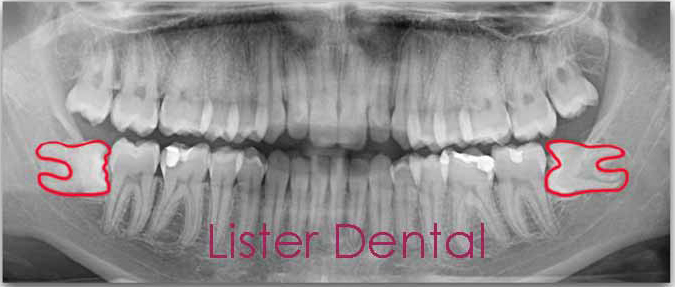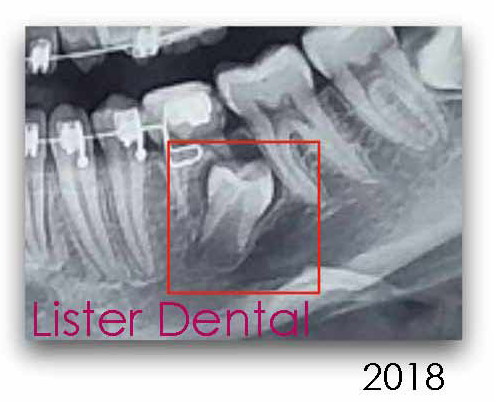Blog
Orthodontics upgrade
The use of orthodontic appliances is widespread and its popularization at all ages is something that is observed in the entire Brazilian and worldwide population. For this reason the choice of the professional who will carry out your treatment is very important. The professional qualified to diagnose and select the best treatment for the patient is the ORTHODONTIST. The ORTHODONTIST is the Specialist in Orthodontics, is the professional who, after graduation in Dentistry (4 years), attends a new Postgraduate Course in Orthodontics around more 3 years. The malocclusion is any change in normal dental positioning, in other words, any deviation from normality. According to some studies, about 87% of the Brazilian population has some type of malocclusion.
|
Anterior and posterior crossbite - Removable appliance - Part 1
Case report: patient 8 years and 2 months, anterior and posterior crossbite trated by removable expander appliance with multiples springs at anterior region. Orthodontic intervention should be as soon as possible, so that the upper skeletal region (maxilla) develops naturally. 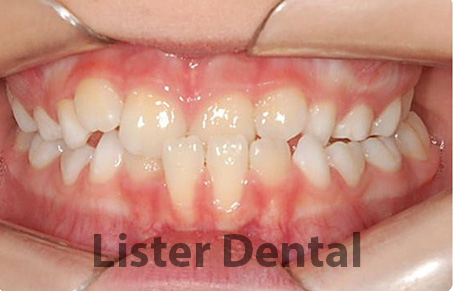
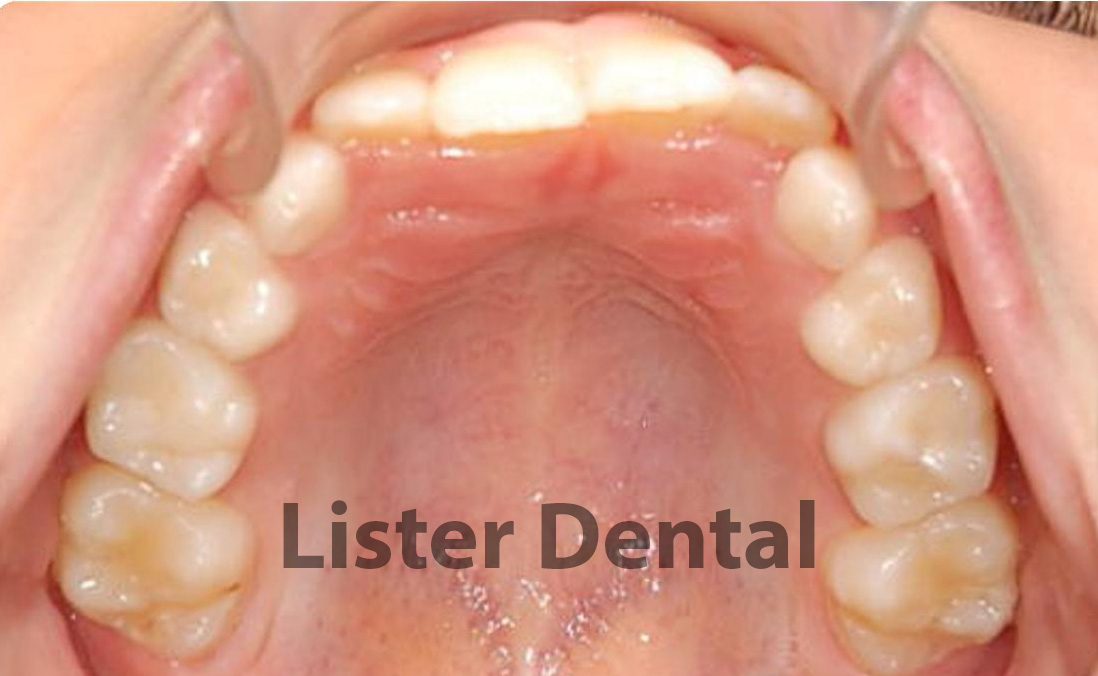
|
Anterior and posterior crossbite - Removable appliance - Part 2
The fixed orthodontic appliance is of the conventional metallic type which was possible to treat the anterior crossbite malocclusion observed at the beginning of the treatment. 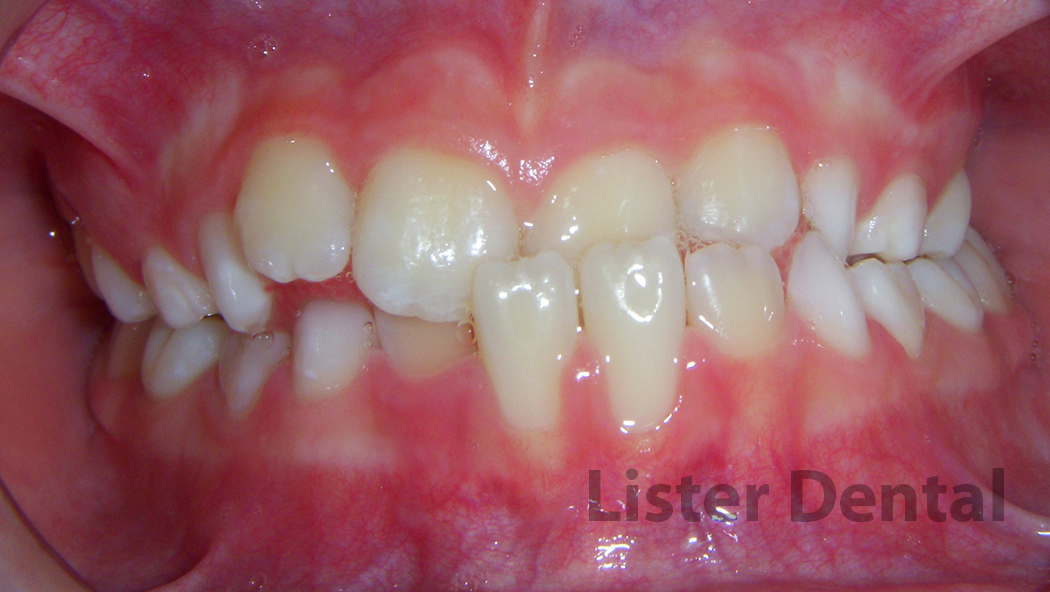
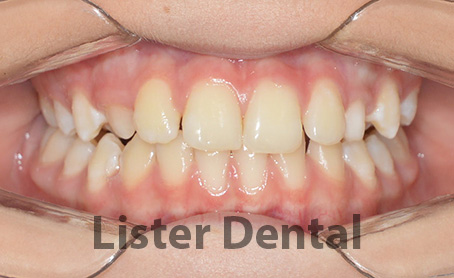
|
Anterior crossbite - Rapid Maxillary Expansion - RME
Case report: patient 5 years and 2 months, with anterior crossbite being indicated for Rapid Maxillary Expansion (RME) with maxillary traction using a Petit face mask. Orthodontic intervention should be done as quickly as possible so that the upper skeletal region (maxilla) develops naturally. RME is an orthodontic/orthopedic procedure where we guide the maxilla for its correct positioning. 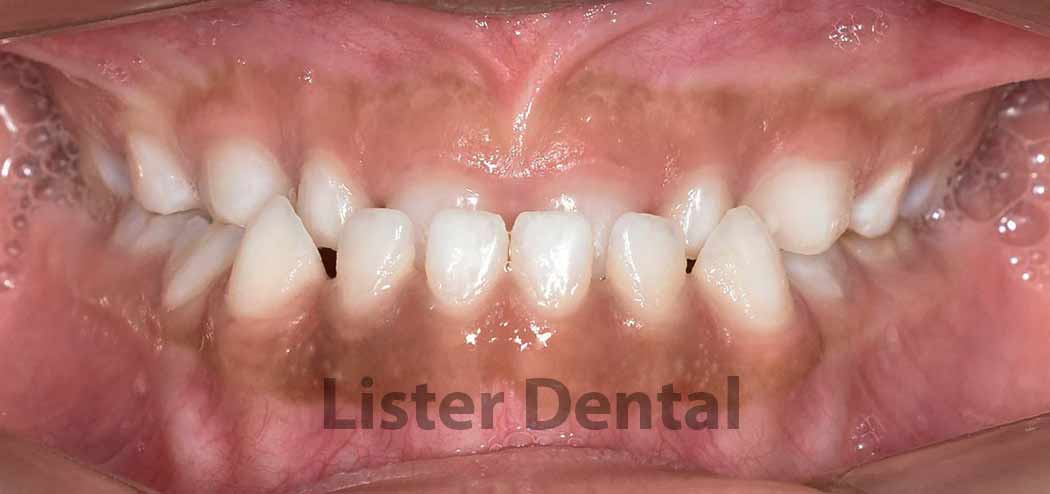 n n
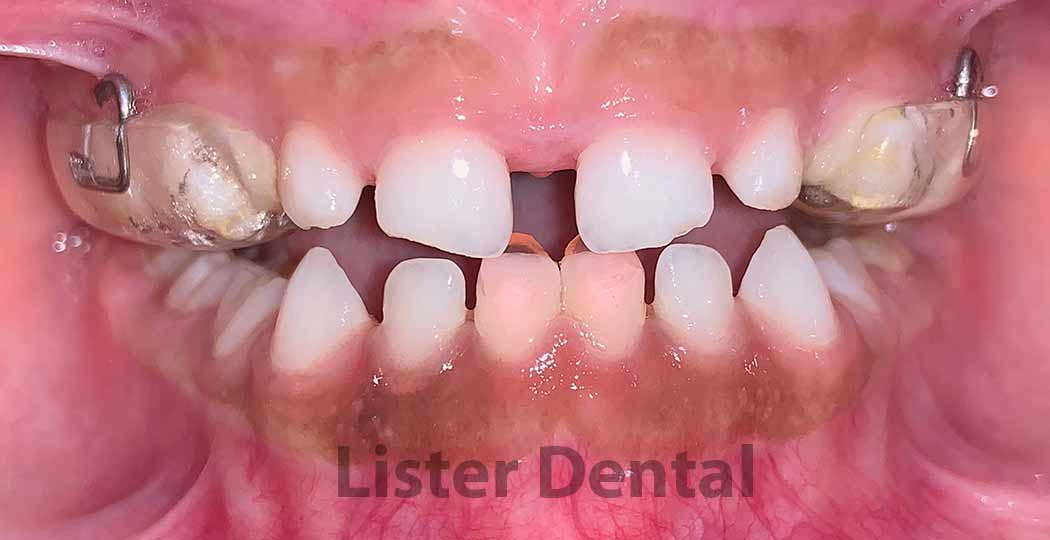
|
Bilateral posterior crossbite and anterior open bite - Rapid Maxillary Expansion - RME
Case report: patient 13 years and 2 months, with anterior open bite and bilateral posterior crossbite, treated by Rapid Maxillary Expansion (RME). The indication for this procedure is aimed at adjusting the upper skeletal base (maxilla) to normalize the occlusion with the lower arch. RME is an orthodontic/orthopedic procedure where we guide the maxilla for its correct positioning. 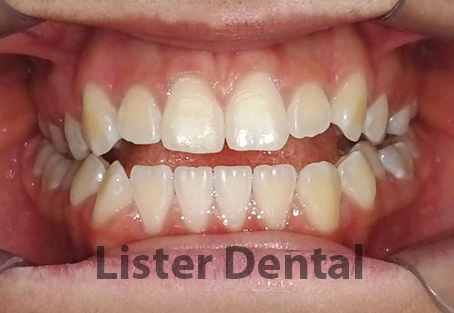
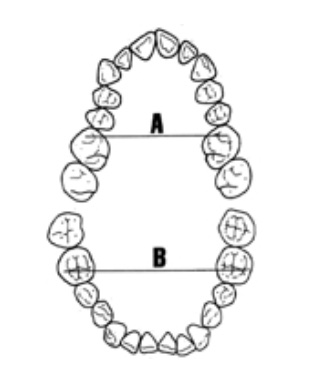
|
Posterior crossbite - Surgically Assisted Rapid Maxillary Expansion - SARME
Indicated in cases of adult patients with maxillary atresia (narrow maxilla) with lack of space for the teeth to be harmoniously arranged. SARME involves surgery to 'weaken' the skeletal structures of the maxilla and provide the transverse expansion. 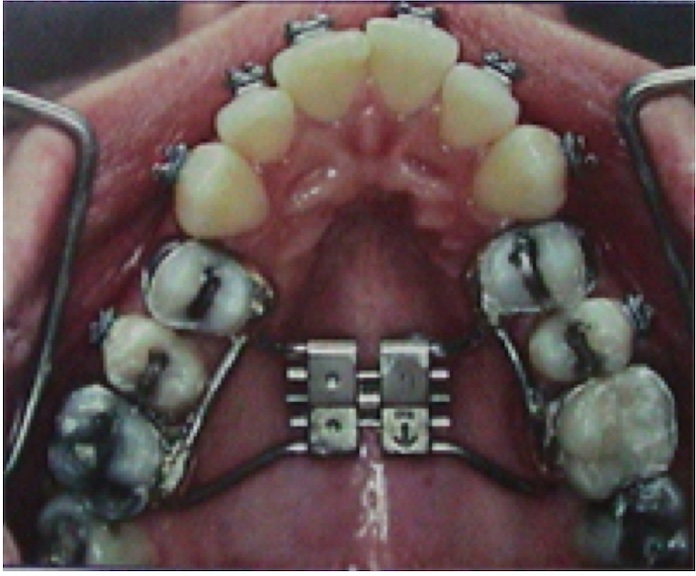

|
Micro Implant Assisted Rapid Maxillary Expansion - MARPE
It is also indicated in cases of adult patients with maxillary atresia (narrow arch) with lack of space for the teeth to be arranged harmoniously. It involves the installation of 4 Micro Implants to assist in the fixation of the modified Hyrax Expander, reinforcing the action of the expander for a more parallel opening of the midpalatal suture, providing efficiency in the transverse direction. 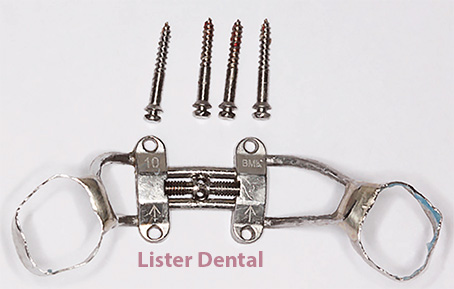
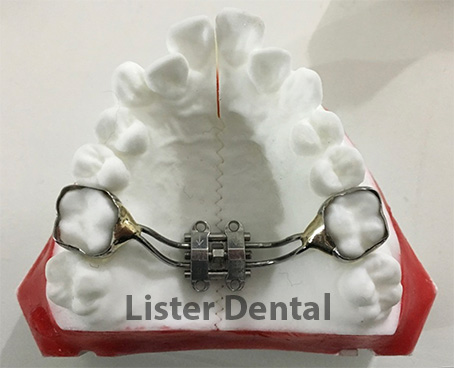
|
Canine traction
Canines have a high chance of impaction. Canine impaction impairs aesthetics and phonetics. Several causes are pointed out, such as lack of space in the arch and trauma. The strategy is to traction the canine, a small surgery to access the canine and the bonding of an orthodontic bracket with a wire is necessary for traction of the impacted canine. 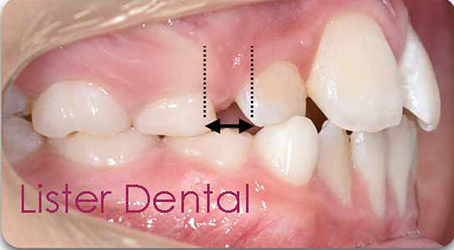
|
Third molars
We must monitor the formation of the third molars (wisdom teeth) as they can leave their axis of eruption. In many cases, it is necessary to follow up through panoramic radiographs and indicate their extraction. A frequent question, do we have to extract the 4 third molars? Yes, because if we were to remove only the 2 lower teeth that are having a problem (in this clinical case presented) the upper ones will continue to erupt and will not find their antagonists, the lower teeth that were removed, causing occlusion problems, tooth resorption, inflammation and can also interfere with chewing. For this reason we must remove the 4 teeth. 
|
Change in root formation
In some cases, we need to wait for dental root formation to continue the orthodontic treatment with the fixed appliance. We must radiographically monitor this 'delay' in training through panoramic radiographs that allow a global view of the teeth or periapical (specific view). There may also be deviations from the eruption (the tooth deviates from its route) as in the case shown. At the appropriate time, the tooth must be tractioned (pull) using brackets and orthodontic wires and properly positioned in the dental arch. 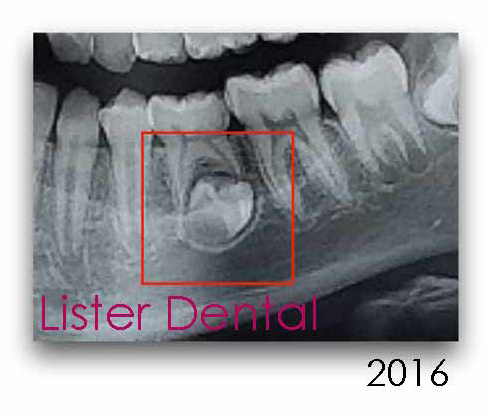

|

